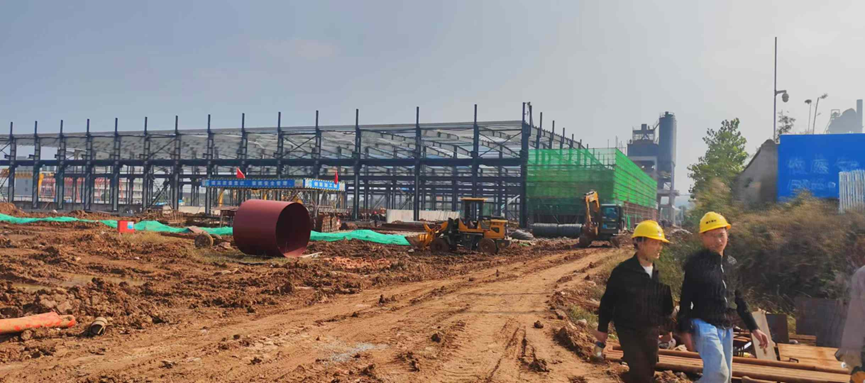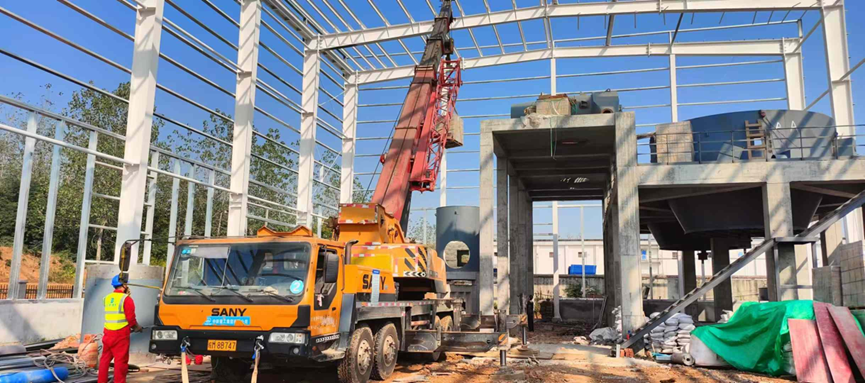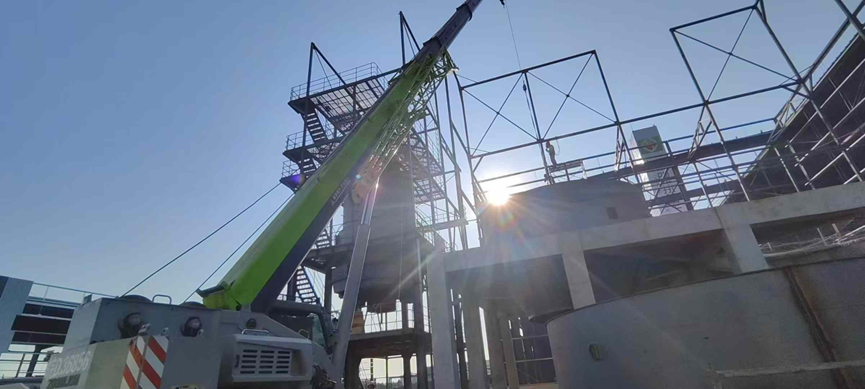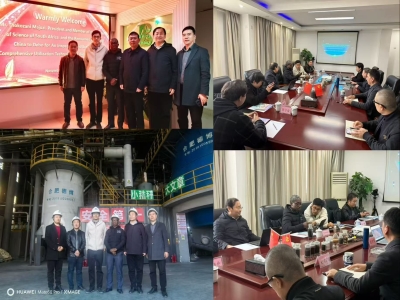Step-by-Step Gasifier Installation Guide for Beginners
How to Install a Gasifier: Step-by-Step Guide
A gasifier turns materials like wood chips into usable gas through controlled heating. This guide explains how to install one safely and correctly. You will learn about site preparation, assembly, fuel systems, and testing. Follow these steps to ensure proper operation and meet safety standards.
What Is a Gasifier?
A gasifier converts carbon-based materials into gas through thermal breakdown. The process involves:
- Pyrolysis – Heating without oxygen
- Combustion – Burning some material to create heat
- Reduction – Turning remaining material into gas
Gasifiers are used for power, heating, and industrial processes. Always follow safety rules to avoid carbon monoxide and pressure risks.
Pre-Installation Planning
Choose your site carefully. The gasifier should be at least 10 meters from buildings. Check wind patterns to avoid gas buildup. You'll need:
- A concrete foundation (150mm thick with steel reinforcement)
- Proper electrical connections (calculate your power needs first)
- Water supply if using wet scrubbers
- Torque wrench (calibrated to 50-100Nm)
- Laser level
- Multi-gas detector
- Fire-resistant (FR) clothing
Gasifier Assembly Procedures
Follow these steps to assemble the reactor:
- Install flange gaskets using graphite paste
- Set up the cooling system (choose between quench tower or heat exchanger)
- Adjust cyclonic separators to 15-20° angles
- Mount ceramic filters in the correct orientation
- Install pressure relief valves (set to 1.5x operating pressure)
Fuel System Integration
The fuel system needs careful setup:
- Use augers with variable frequency drives for different materials
- Design hoppers with at least 45° slopes
- Monitor moisture with sensors (keep below 20%)
- Size fuel chips between 20-50mm
Gas Conditioning Setup
Clean the gas before use:
- Remove particles with multi-cyclones (catches down to 5μm)
- Break down tars at 800-900°C (thermal or catalytic methods)
- Cool gas with direct quench (use clean water)
- Monitor gas composition with NDIR sensors
Electrical and Control Systems
The control system is critical for safe operation:
- Program the PLC with startup sequences
- Set safety interlocks for pressure, temperature, and feed
- Configure alarms (CO above 50ppm triggers warning)
- Calibrate all instruments regularly
Commissioning and Testing
Before full operation:
- Test for leaks with soap solution
- Pressure test at 1.25x design pressure
- Verify pilot flame ignition
- Check emergency shutdown response times
Ongoing Maintenance
Keep your gasifier running smoothly:
- Daily: Check ash buildup
- Weekly: Backpulse filters
- Monthly: Measure refractory lining
- Annually: Replace all gaskets









